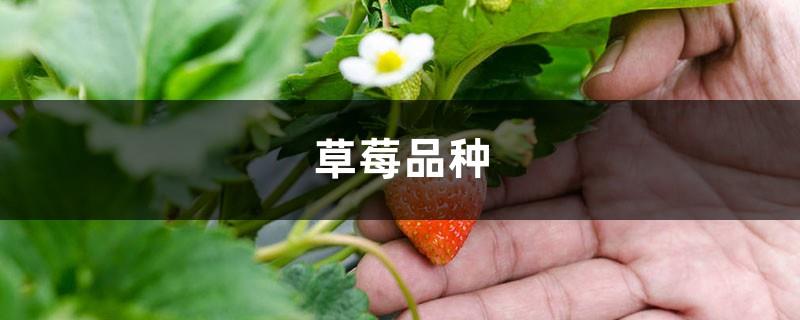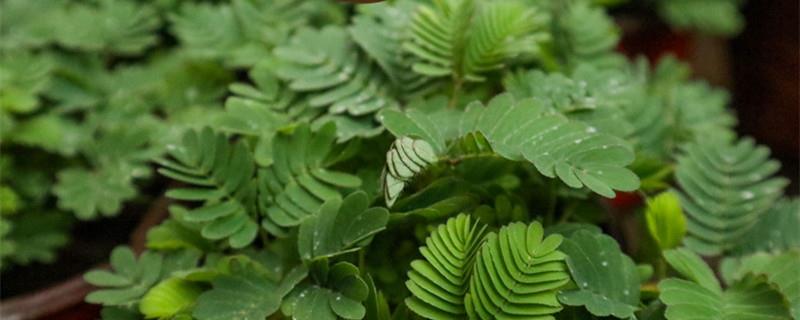Yunnan Chonglou breeding methods and precautions
Last Update :2024.04.20
Article Catalog
Soil: Breeding Yunnan Chonglou requires loose, breathable and well-drained sandy soil. Light: It likes shade and is suitable for growing under the shade of trees and among weeds. Temperature: It likes to be cool, and the most suitable growth temperature is 16-23℃. Watering: It likes a humid environment. Water it every 2-3 days in summer, spring and autumn, and every 4-7 days in winter. Fertilization: It likes fertilizer. Fertilization should be mainly organic fertilizer, supplemented by compound fertilizer and various trace element fertilizers.

1. Soil
1. Soil
Yunnan Chonglou grows well in slightly acidic humus soil or red loam soil with good water permeability. It is not suitable to grow in soil that is heavy and prone to water accumulation and compaction. During the breeding period, some river sand, leaf humus soil and black mountain mud can be added.
2. Lighting
It is suitable for growing in shaded places and avoids direct sunlight. It can be planted in moist tree shade underground and in weedy places. In summer, proper shade is needed to avoid strong sunlight that will wither the leaves.
3. Temperature
It is suitable for growing in a cool environment and is not cold-tolerant. Generally, it is best to keep the temperature at 16-23℃ in summer, spring and autumn, and not lower than 8℃ in winter. During the high temperature period in summer, shading and cooling are required, and during the low temperature period in winter, warmth preservation measures are required to avoid affecting its normal growth.
4. Watering
It likes a humid environment. Watering needs to be done as soon as it is dry. Each watering must be done thoroughly. There should be no accumulation of water to avoid Root system is damaged. Watering should be done every 2 days in summer, spring and autumn, and once every 4-7 days in winter.
5. Fertilization
It prefers fertilizer. During the growth period, it mainly uses some organic fertilizers, such as decomposed farmyard manure, livestock manure, plant ash, etc. It is forbidden to use human feces. Organic fertilizers should be allowed to mature for more than 3 months before application. Top dressing is best carried out in mid-May and late August, once each, and can be combined with some trace element fertilizers. Fertilizer can be applied by broadcasting or watering. Watering is required after application or before raining.
2. Lighting
3. Temperature
4. Watering
5. Fertilization
- END -
What are the varieties of strawberries and which ones are good?

Strawberry, also called strawberry, is a perennial herb native to South America. T...
Which trees have magical powers

There are many kinds of plants with magical functions, such as mimosa, bomb tree, ...